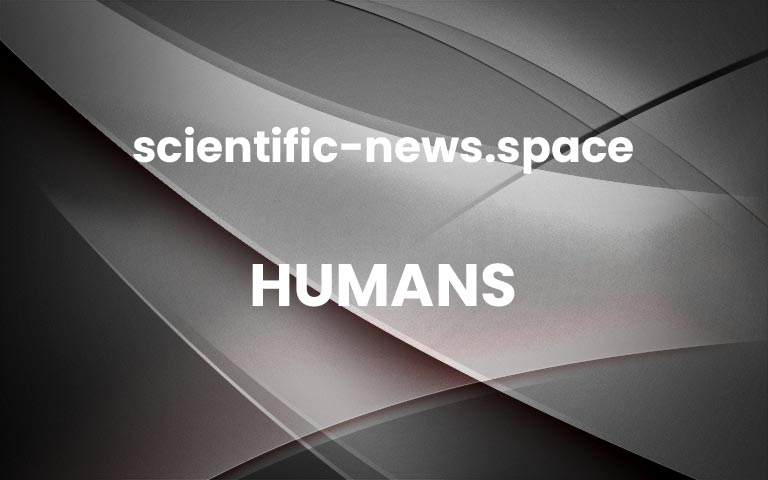An analysis of fossils suggests changes in the shape of the braincase during human evolution were linked to alterations in the face, rather than changes in the brain itself
Humans
1 August 2022
By Luke Taylor
Digital restoration of child and adult crania from 160,000 years agoM. Ponce de León and Ch. Zollikofer/Univ. of Zurich
The physical transformation of the human cranium over the past 160,000 years was probably driven by alterations in the face resulting from diet and lifestyle changes, not from the evolution of the brain itself as previously thought, a study has found.
The cranium, or braincase, of early modern humans dating back 200,000 years isn’t much different in size from those today, but has a significantly different shape, suggesting that the brain has become rounder over time.
The leading hypothesis is that changes in behaviour, such as the development of tools and art, caused the shape of the Homo sapiens brain to change and, in turn, the skull that protects it.Advertisement
But fossil evidence is scarce and there are many interacting forces at play. It is simple for a skull with a large face to house a large brain, for example, but a small face complicates matters.
To investigate the causes behind the transformation of the braincase, Christoph Zollikofer at the University of Zurich in Switzerland and his colleagues digitally restored the skulls of 50 hominins recovered in Ethiopia and Israel, including H. sapiens as well as Homo erectus and Neanderthal specimens for comparison. The 3D models of the fossils were then compared with 125 modern human specimens.
Comparing the braincases of early modern human children with adults for the first time allowed the researchers to isolate the brain’s role in the evolution of the skull.
The team was surprised to find that while the size and proportions of the skulls of H. sapiens children from 160,000 years ago were largely comparable to infants today, the adults looked remarkably different to those of modern adults, with much longer faces and more pronounced features.
Human faces continue to grow until the age of around 20, but the brain reaches around 95 per cent of its adult size by age 6.
If the fossil children – with near fully developed brains – resemble living ones, but fossil adults had very different skulls, we can rule out that brains have changed significantly in shape, says Zollikofer. “And if it’s not the brain driving this change, we must look for something else, like breathing, eating or moving.”
The researchers cautiously hypothesise that changes in diet or a reduced need for oxygen could have been responsible.
Faces in modern humans are far smaller, with subtler indentation, than those of their ancestors. Studies show that this change accelerated when hunter-gatherers became agriculturalists around 12,000 years ago and ate softer foods, probably due to less loading on the skull from chewing.
The authors are right to remain cautious in their hypotheses, says Chris Stringer at the Natural History Museum in London.
There is little evidence of major dietary changes between the Middle and Late Stone Age when these changes occurred, he says. Of the many possible causes, a reduction in oxygen intake could be more likely as humans have developed smaller ribcages and have less lung capacity.
Journal reference: PNAS, DOI: 10.1073/pnas.2123553119
Sign up to Our Human Story, a free monthly newsletter on the revolution in archaeology and human evolution
More on these topics: More


